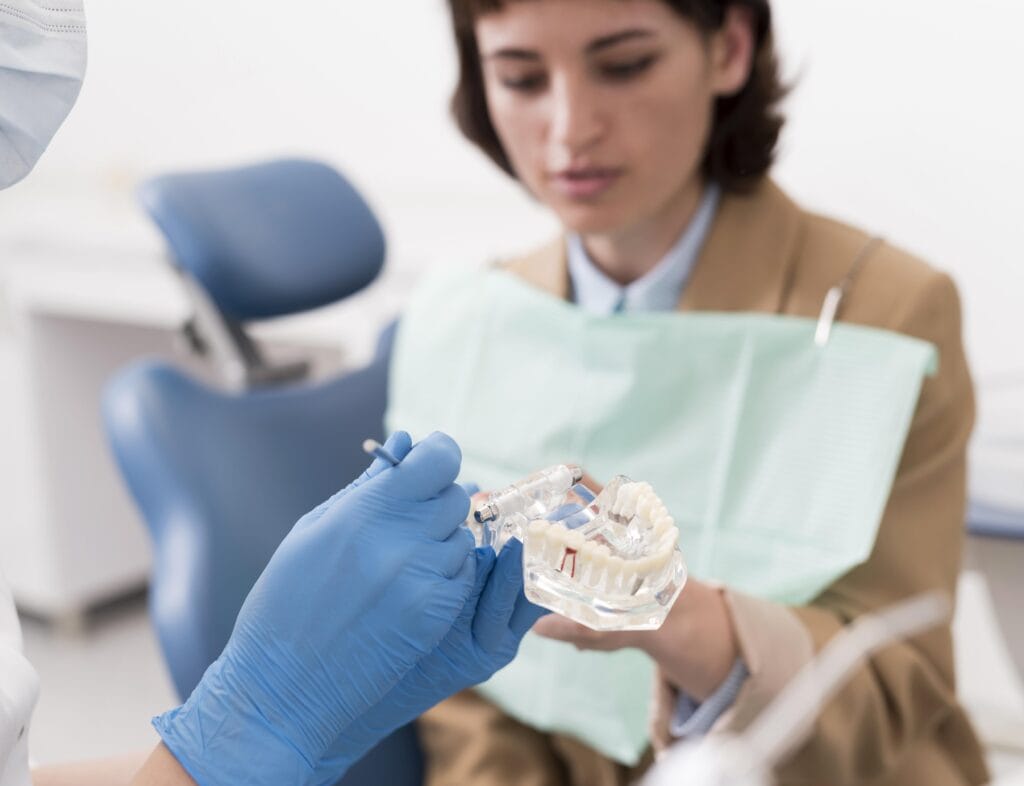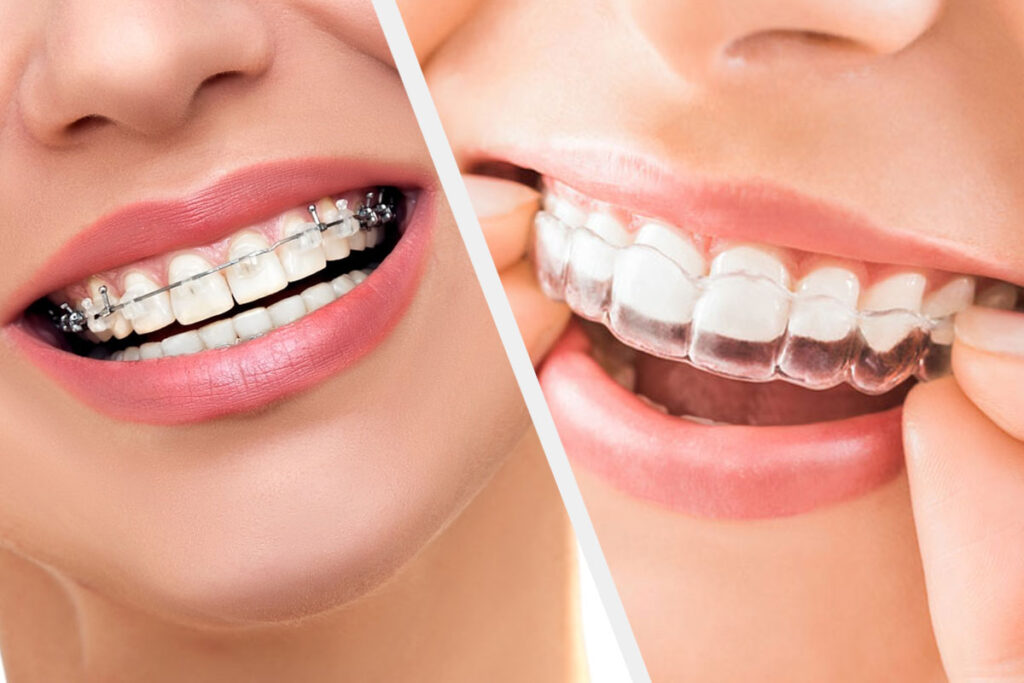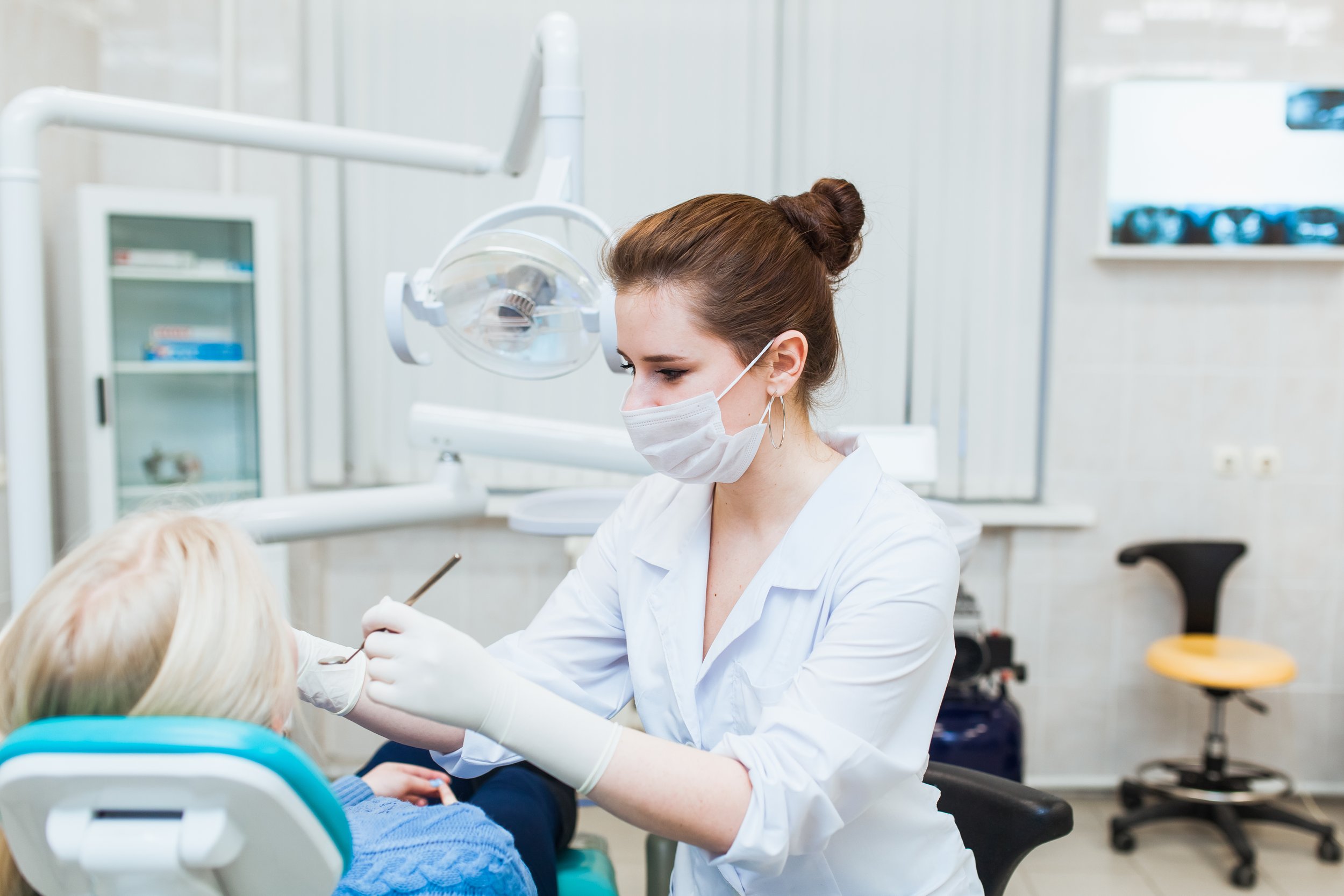Tooth decay and demineralization can weaken enamel, making teeth more susceptible to cavities and fractures. Thanks to bioactive materials, dentists can now enhance tooth remineralization and provide advanced restoratives that actively interact with the surrounding tooth structure. This article explores how bioactive materials work and their role in modern dental care.
What Are Bioactive Materials?
Bioactive materials are restorative substances designed to interact with biological tissues, promoting healing and regeneration. Unlike traditional dental fillings, which only replace lost tooth structure, bioactive restoratives stimulate tooth remineralization, helping teeth repair themselves.
How Do Bioactive Materials Work?
Bioactive restoratives release essential minerals, such as calcium, phosphate, and fluoride, which integrate with the tooth’s natural structure. This process not only strengthens weakened enamel but also prevents further decay.
Key Benefits of Bioactive Materials:
- Promote Tooth Remineralization – Bioactive restoratives actively release minerals that help rebuild and fortify enamel.
- Enhance Long-Term Durability – These materials bond seamlessly with tooth structures, reducing the risk of secondary decay.
- Resist Bacterial Growth – By creating a more mineralized surface, bioactive materials make it harder for bacteria to adhere and cause cavities.
- Biocompatibility – They support natural healing processes without triggering adverse reactions in the body.
Applications of Bioactive Materials in Dentistry
1. Bioactive Fillings
Traditional fillings simply seal cavities, but bioactive materials go a step further by helping repair the damaged tooth. These fillings release minerals over time, enhancing tooth remineralization and protecting against recurrent decay.
2. Bioactive Dental Cements
Used in crowns and bridges, bioactive cements provide superior adhesion while also stimulating tooth remineralization, ensuring the longevity of restorations.
3. Bioactive Sealants
For patients prone to cavities, bioactive sealants act as an extra layer of protection by continuously releasing remineralizing agents.
4. Regenerative Endodontics
Bioactive materials are also used in root canal therapy to encourage healing and tissue regeneration within the tooth.
Are Bioactive Materials Right for You?
If you’re looking for a dental restoration that goes beyond filling cavities and actively promotes tooth remineralization, bioactive materials may be the ideal choice. Your dentist can assess your needs and recommend the most suitable advanced restoratives for your oral health.
The integration of bioactive materials into dental care is transforming how dentists approach restorations. These materials not only restore damaged teeth but also support tooth remineralization, making them a revolutionary option for advanced restoratives. Consult your dentist to learn how bioactive materials can help protect and strengthen your smile.





